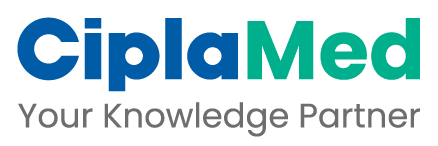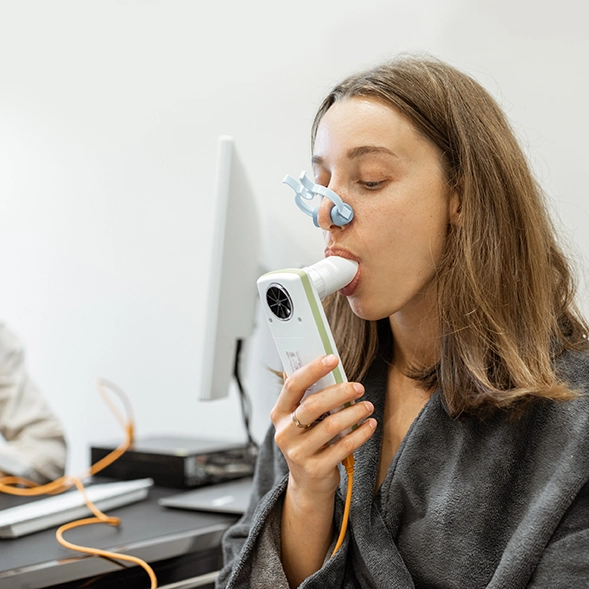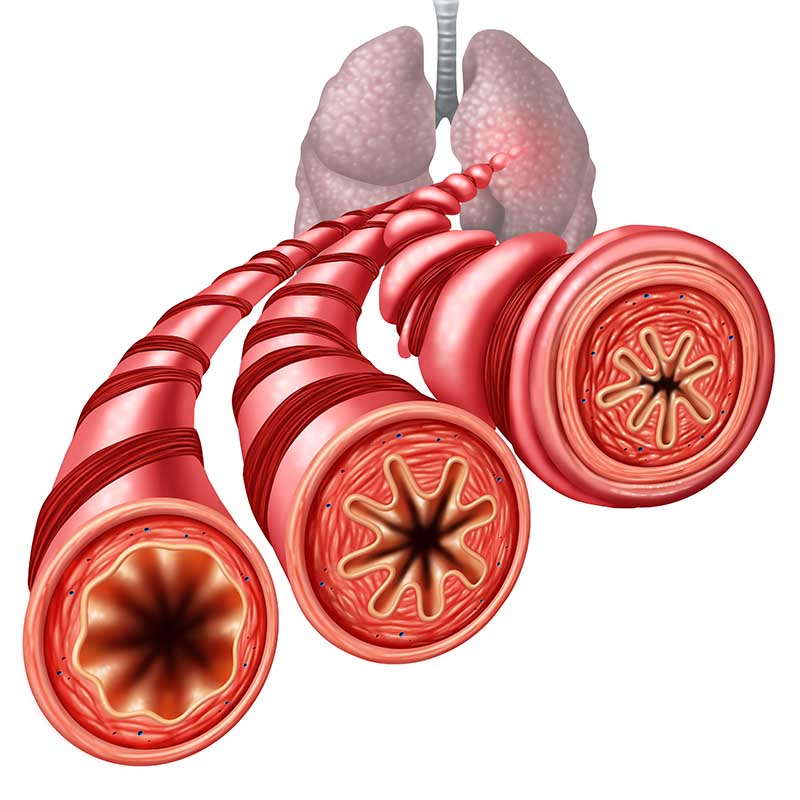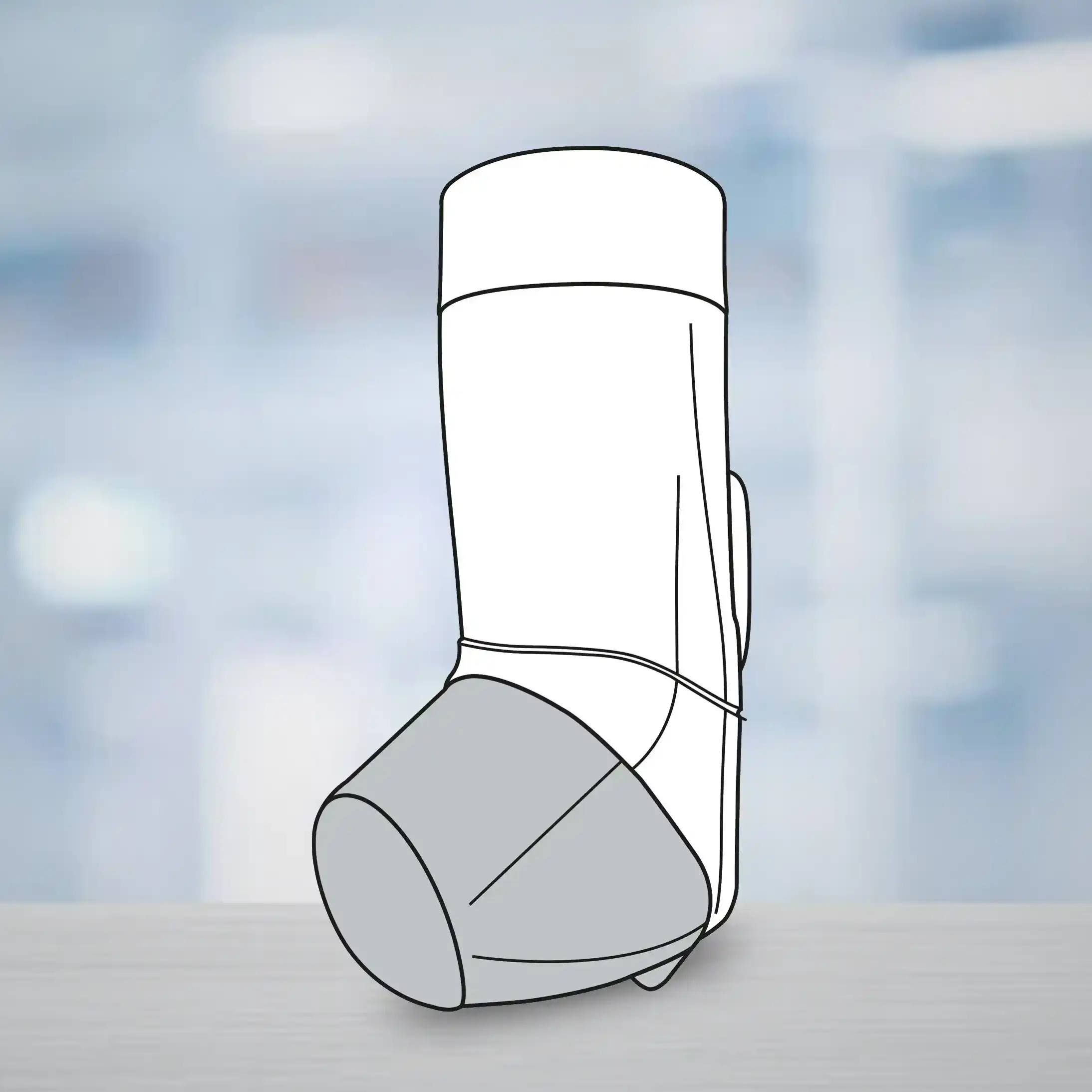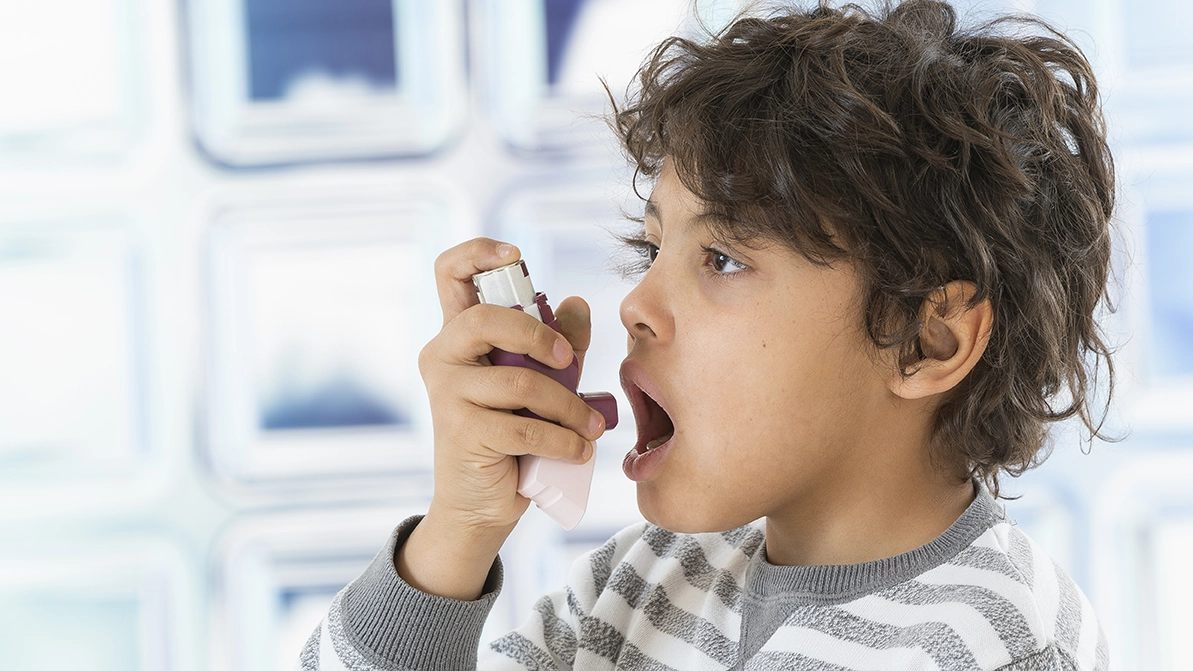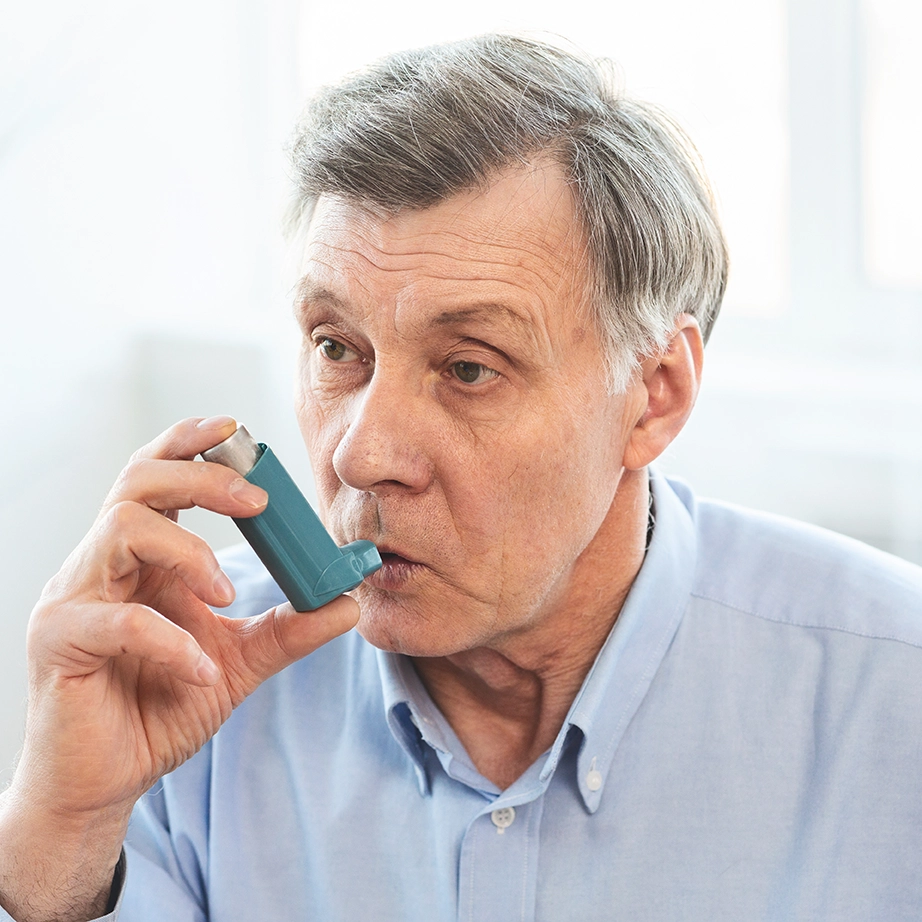Introduction
Allergic Rhinitis and its Impact on Asthma (ARIA) guidelines recommend oral antihistamines, topical nasal steroid spray and allergen avoidance as the standard treatment in allergic patients. However, some patients may not get the desired outcomes. Allergen avoidance does not seem practical and results in additional drugs to relieve the allergic symptoms. Nasal irrigation is an adjuvant therapy, that minimizes the problems of allergen avoidance and additional drug usage. However, recommendations on specific concentration of saline solution are lacking.
Aim
The effects of add-on therapy with hypertonic and isotonic saline solution on symptoms of nasal congestion and rhinorrhea are evaluated in patients with intermittent allergic rhinitis (AR).
Method
Study Design
-
Prospective, double-blind, randomized controlled trial
Patient Profile
-
Adults with AR aged >15 years
-
Having active symptoms of AR for more than 1 week
-
Not used nasal steroid spray or nasal irrigation since 1 month
-
No symptoms of active upper respiratory tract infection
Treatment Strategy
-
Each recruited patient was prescribed an oral antihistamine before bed-time and nasal saline irrigation with either 3% or 0.9% NaCl twice daily
-
Subjective and objective assessments were measured to identify nasal obstruction and rhinorrhea
-
The patients were evaluated at baseline, at the end of 1 and 2 weeks
Endpoints
Primary Endpoint
-
Nasal congestion using the visual analog scale (VAS)
-
Rhinorrhoea using VAS
-
Peak nasal expiratory flow rate (PNEFR)
-
Inferior turbinate size
Results
-
Both groups were assigned 40 patients each
-
The baseline demographic and clinical characteristics were similar
-
Patients reported satisfactory experience after using saline irrigation at first and second weeks in both solutions (p value < 0.001)
-
There were no significant differences in nasal congestion and rhinorrhea VAS scores and inferior turbinate size at the end of week 1 and 2, indicating improvement in both groups
-
The improvement in PNEFR was better after 1st week with 3% NaCl irrigation (p value = 0.001), while 0.9% NaCl achieved good results after the second week (p value < 0.001)
-
None of the patients reported any adverse events and tolerated the nasal irrigation well
Conclusion
-
Both hypertonic and isotonic saline irrigation resulted in improvements in nasal congestion, rhinorrhea, inferior turbinate size and peak nasal expiratory flow rate (PNEFR) among adults with intermittent allergic rhinitis.
-
However, improvement in PNEFR was seen earlier, by the end of first week with 3% NaCl.
Asian Pac J Allergy Immunol. 2021 Mar;39(1):9-14.

